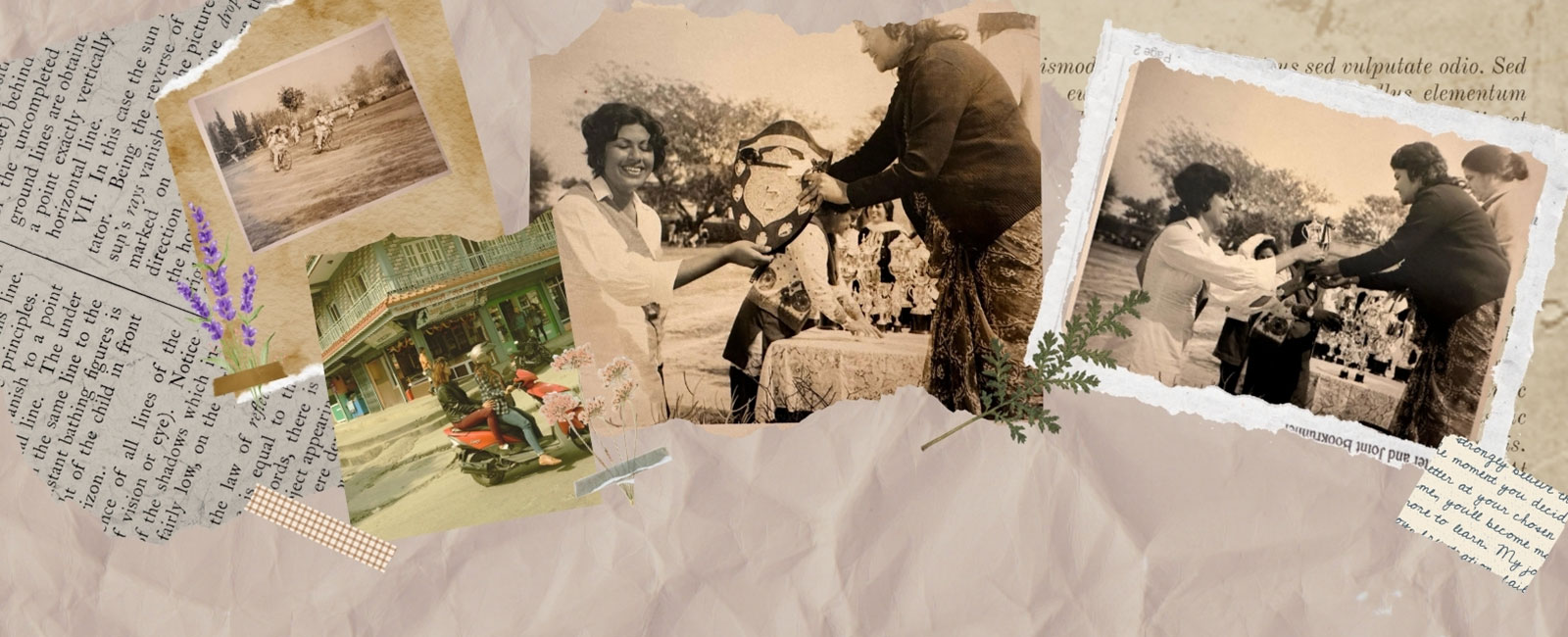With trophies on mind, time for girls in Pakistan to up their game without shame
There is no denying that change takes its course, but what is important is to take that first step, and do our part.

Think of a nation of 241.5 million, where a girl's athletic ambitions drown in flooded basements, her hard-won trophies are sold for a few pennies, and her hanging from pull-up bars gives anyone on the street a licence to judge them wantonly.
This is not another Hollywood dystopian flick, but the truth for many girls in Pakistan, where their sporting dreams collide with deep-rooted and misconstrued stereotypes governing femininity, fitness, and their choices.
Let me tell you a story.
Listening to the story of 'Roll No 1' — an identification number that can be assigned to a student during admission or after registration — always thrilled me as a child. Since the roll numbers were assigned in alphabetical order, that is what my mother, Afshan Saeed, was known by at her college.
In her teens, Saeed played badminton and won championship titles for both Lahore District and Lahore Division.
She played lawn tennis, cycling, track and field (discus, javelin, shot put, long jump, 100 and 400 meters) and bar and trampoline gymnastics — till the age of 18 when she got married.
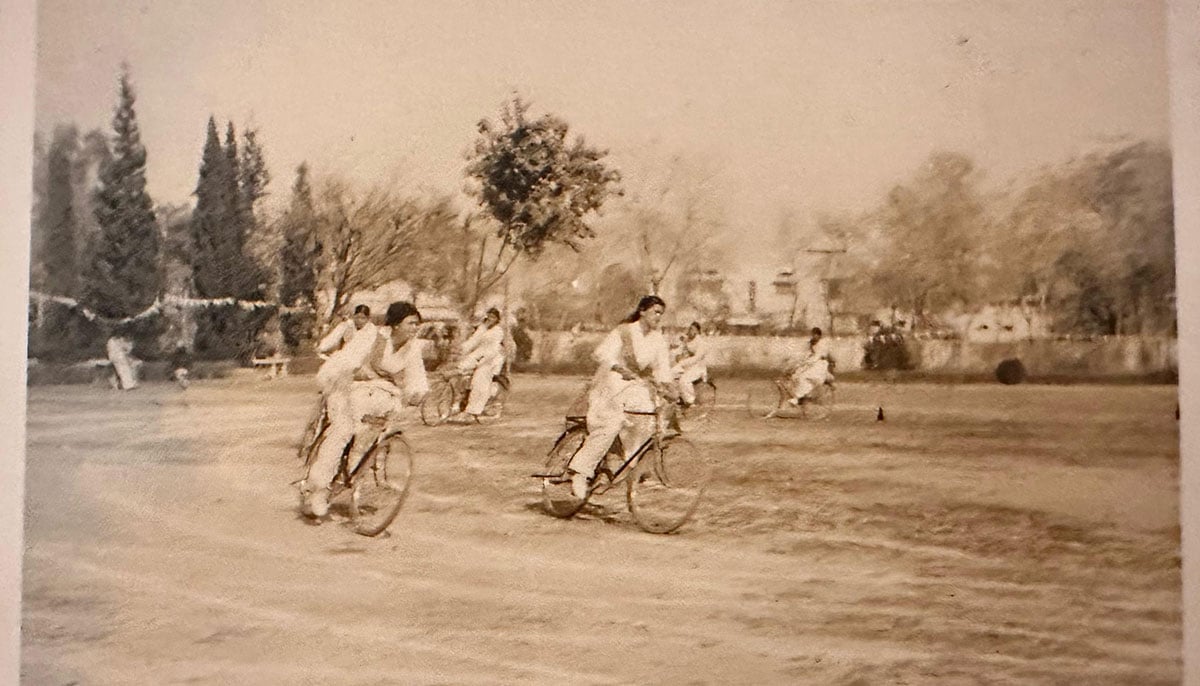
The principal, whose house was right across from the college building, noticed Saeed perpetually practising sports for hours past the dismissal time and once called her into her office. Her worst worry was that my mother was spending way too much time playing and was given a warning that a sharp eye would be kept on her result; later, her worries were relieved when she found out that Roll No 1, had topped her class.
It would fascinate me to know that my nani's basement, a storage place only, had sacs full of my mother's trophies from the sports she played. They were kept safe for a few years but later, when the basement got flooded with the monsoon rains — infamous for flooding basements of old houses, those were probably sold to a street scrap dealer, not out of any ill intention but more from a view that what good were those trophies by then anyway?
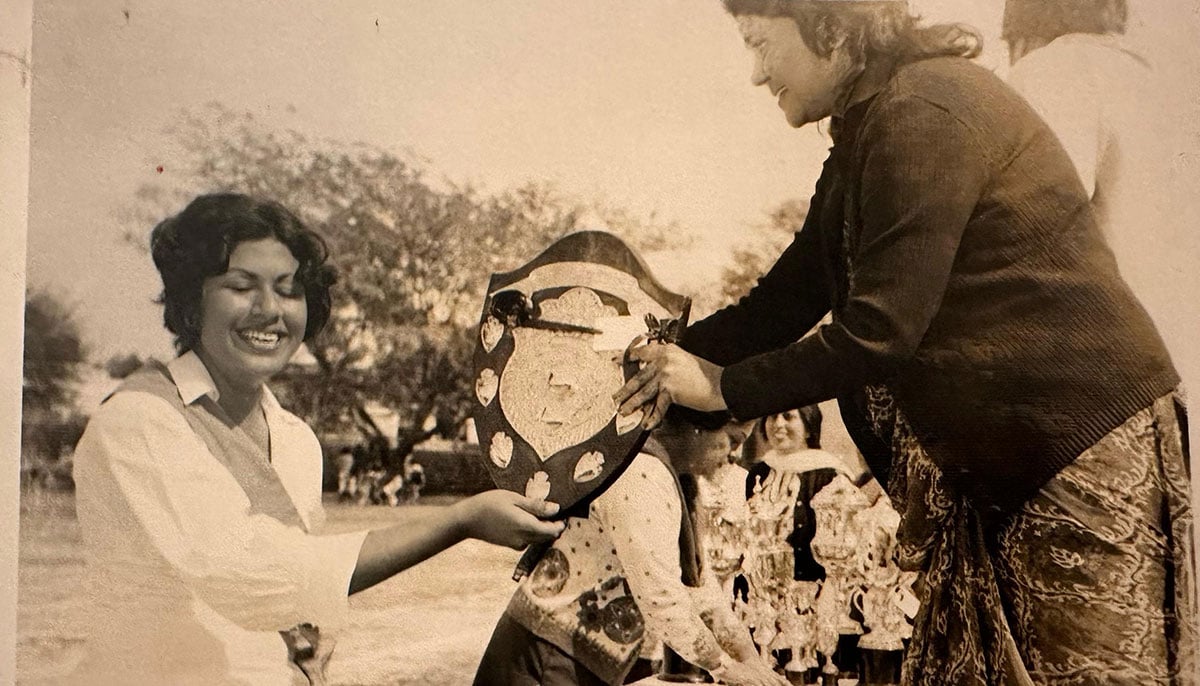
I never got to see those trophies but only in my imagination, stacked over each other in big sacks. What I did witness as a child were a few black & white, and sepia-toned pictures that were a testament to my mother's achievements and her athletic fervour. Beyond recognising the pictures of my mother, I was not familiar with the person printed on the photographic papers; she was a stranger to me, as by then my mother had adorned a new persona, and those captured moments were part of the memory from a distant past, from a chapter that had been closed, an identity given up. My mother was married. She had to move on. I never saw her play in my life.
Letting girls play
Sadly, my mother's athletic genes never made it to mine. But growing up, I have vivid memories of hearing comments from garrulous aunties about how girls should not play sports as their bodies become big and bulky, and their skin gets darker from the sun. And of course that meant fewer rishta (marriage) prospects.
I remember having gone for a walk in the park in my tweens when I heard a woman say, 'Haye! look at this girl on the monkey bars, she must be a teenager, doesn't she have any sense she should not be hanging from it like that. Looks so inappropriate.'
Even those who have been successful at breaking stereotypes and have fought their way to the field making Pakistan proud on international stages in different sports, could not escape the caustic remarks and finger-pointing by our society.
In 2022, after Pakistan's National Football Team's 7-0 win against the Maldives in the SAFF Women's Championship in Kathmandu, the most befitting issue a Pakistani journalist thought of probing in the press conference was about the team's attire.
Then we wonder why there aren't many female players in sports in Pakistan. Such events not only discourage young girls from taking up sports as a profession but also hinder developing their strong agency.
Why does the conversation almost always have to surpass women's achievements and end up being about their clothes? Why are women made to choose between sports and marriage and expected to sacrifice their dreams for the same? What indecency is in a teenager hanging from a pull-up bar stretching her body?
Gender aside, what cannot be undermined is that we as a nation are not athletic — but, in fact, lazy!
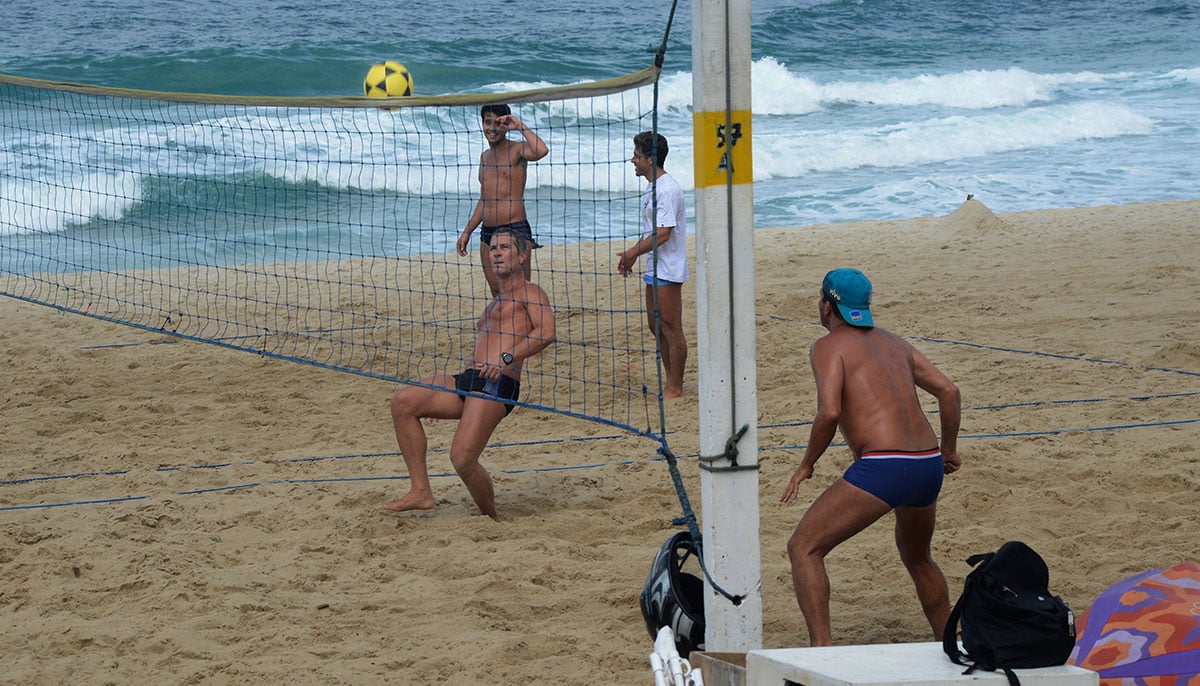
I remember visiting Rio De Janeiro more than a decade ago and seeing open-air gyms all alongside the Ipanema and Copacabana beaches. This was the first time I had seen so many workout stations for the general public on this scale.
Pull-up bars and sit-up benches were installed for people to exercise. Women and men of all ages were exercising, stretching, cycling, running, jogging, and playing beach volleyball. It was as if everyone was on a mission to get fit. The sight was so new to my not-so-active self at the time, that it served as a moment of realisation that nations like Brazil had a culture of fitness.
It is no wonder then that the country has produced female athletes like Marta Vieira da Silva, considered one of the greatest female footballers of all time.
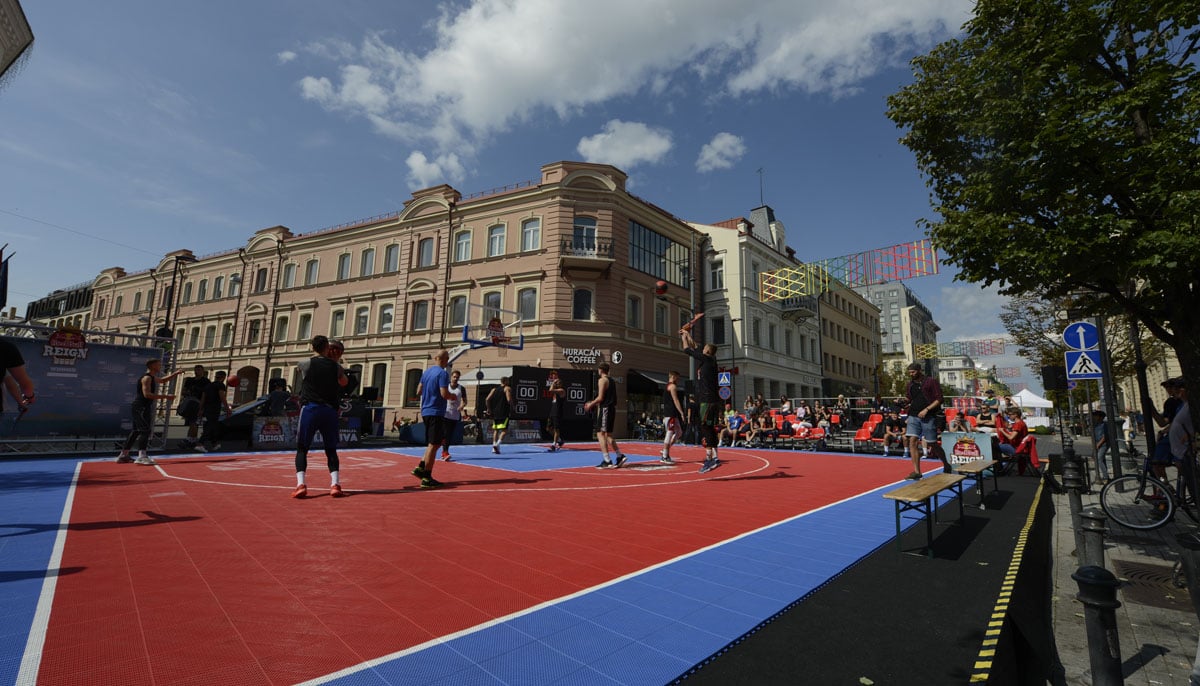
My first memory of Lithuania in the Baltics as we entered its capital, Vilnius, was of a basketball match. The taxi driver dropped us around the corner of the busy square due to a road closure and instructed us to walk to our hotel.
The match was going on in the middle of a square, surrounded by a marketplace, almost right outside our hotel. Turned out, that it was not unusual to see road closures for matches like these in the streets. People surrounded the made-up basketball court from all around, cheering for the players. We too decided to stop and enjoy the game for a bit before checking into our hotel.
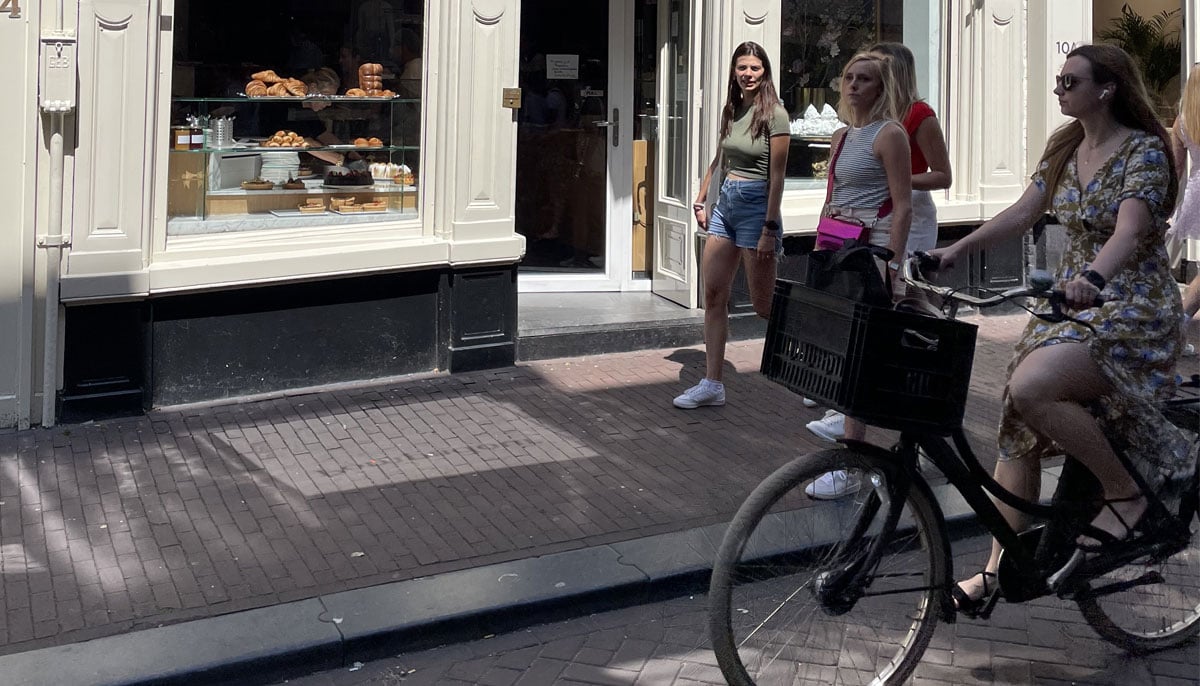
In Amsterdam, the capital of the Netherlands, cycling is one of the main modes of transportation in the city and a preferred one by Amsterdamers. As I was soaking in the calm of the city known for its pretty canals with steady boats, and watching ubiquitous women cycling beautifully decorated bikes free of any worries, I remember taking a moment to reflect on why our country could not offer such calmness, such safety, and such freedom to its women.
Encouraging a culture of fitness and safety
In my last interview with the Head of Women's Cricket, Tania Mallick, a couple of months ago, one of the challenges highlighted about women's cricket in Pakistan was that we were not a sporty nation to begin with. "Compared to other countries, we are not naturally athletic due to our society and culture," she said. "Our young girls are not aware of the right kind of nourishment needed to be in sports. There is very little exposure, awareness, and education for the same at their disposal."
The question then arises: can we encourage and inculcate a culture of fitness and safety in our society?
With a change in mindset: where girls from a young age are encouraged to play outdoors, where exercise and sports are not seen as a waste of time but rather an essential part of growth and development for building both physical and mental strength, where teens and adults are not judged seen hanging from the pull-up bars, and where women bodies and skin colours are not linked with their marriage prospects, we sure can.
Furthermore, investment in infrastructure is needed to create safe spaces for women.
The very first time I saw women biking in numbers was in Kathmandu. What surprised me even more was that no one paid attention to the fact that a woman was riding a bike, there was no side-eyeing, no catcalling. It was a very normal affair in Nepal.

We must create normalcy around seeing females walking, exercising, cycling, riding bikes, and owning public spaces. Women need to claim public spaces as much as men.
What is required is not only a change in mindset but also a lifestyle change.
In cities like New York, London and Barcelona, you see people walking around and tourists exploring the sites on foot. Unfortunately, in Pakistan, walking in cities is not a very viable option. One obvious reason is safety, but then again, let us also admit that comfort is preferred over walking a few steps by most.
Exercise needs not to be seen as a prescribed medicine for obesity or heart patients or a way to lose weight but as a tool for improving the longevity and functionality of muscle. According to the World Health Organisation (WHO), healthy adults aged 18 to 64 should do at least 150 to 300 minutes of moderate-intensity aerobic physical activity, or at least 75 to 150 minutes of vigorous-intensity throughout the week, in addition to muscle-strengthening activities for added health benefits.
Starting our day early, doing more chores by hand, eating the right portions, going for regular walks, staying hydrated, reading and getting enough sleep, are only some of the ways to improve our lifestyle; we need to consciously create and encourage a culture of fitness for the upcoming generations to reap its benefits.
There is no denying that change takes its course. But what is important is to take that first step, and do our part. As the famous English writer and philosopher, Alan Watts, once said: "The only way to make sense out of change is to plunge into it, move with it, and join the dance.”
So, why not?
Mahwash Rehman is the author and photographer of 'Women in Green and Beyond', and writes on gender, empowerment and culture. She posts on X @mahwashr
— Header and banner image by Geo.tv



